Northern Sicklewing
Eantis tamenund (W.H. Edwards, 1871)
Family: Hesperiidae
Subfamily: Pyrginae
Identification: Forewing is pointed, with a shallow indentation below the apex. Upperside of male is dark brown with a purple sheen and pale brown spots; female is brown with bands of square blue-gray or olive-gray spots.
Wing Span: 1 3/8 - 1 3/4 inches (3.5 - 4.5 cm).
Life History: Adults rest under or on top of leaves. Females deposit eggs singly on the top of host plant leaves, which the caterpillars eat. Caterpillars rest in nests of silked-together leaves.
Flight: Many flights all year in South Texas; most common from August-November.
Caterpillar Hosts: Trees in the citrus family (Rutaceae) prickly-ash (Zanthoxylum fagara) in Texas; Z. monophyllum and various Citrus species in tropical America.
Adult Food: Flower nectar.
Habitat: Openings and edges in tropical thorn forest and scrub; city gardens.
Range: Argentina north through tropical America and the West Indies to South Texas. A regular stray north to central Texas, rarely to Arkansas and Kansas.
Conservation: Maintain habitat extent and integrity in the lower Rio Grande Valley of Texas.
NCGR: G4 - Apparently secure globally, though it might be quite rare in parts of its range, especially at the periphery.
Management Needs: None reported.
Comments: NULL
Alternate Scientific Names:
Achylodes thraso
Please donate!
We depend on donations to keep Butterflies and Moths of North America freely available. We want to express our gratitude to all who showed their support by making a contribution this year. You can donate to support this project at any time.
Advertise with us!
Do you have a product or service that you think would interest BAMONA users? If you would like to advertise on this website, contact us by email, or use the contact form and select the "Advertising" category.
Verified Sightings
Displaying 1 - 24 of 135 verified sightings

Observation date: Oct 16, 2025
Submitted by: aquinta
Region: Tamaulipas, Mexico
Verified by: curtis.lehman
Verified date: Oct 23, 2025

Observation date: Feb 23, 2024
Submitted by: dvollmar
Region: Cameron County, Texas, United States
Verified by: jwileyrains
Verified date: Aug 11, 2024

Observation date: Jan 28, 2024
Submitted by: guy_incognito
Region: Cameron County, Texas, United States
Verified by: jwileyrains
Verified date: Feb 02, 2024
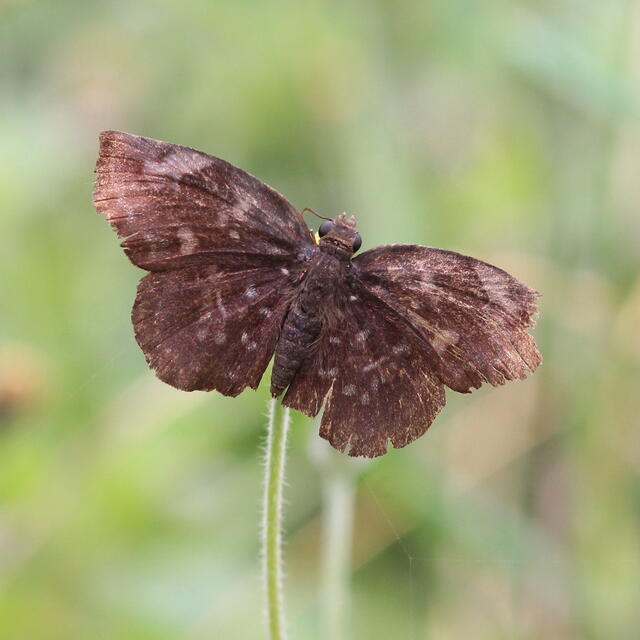
Observation date: Nov 21, 2022
Submitted by: jrmbutterfly
Region: Nayarit, Mexico
Verified by: Paul Prappas
Verified date: Feb 26, 2023
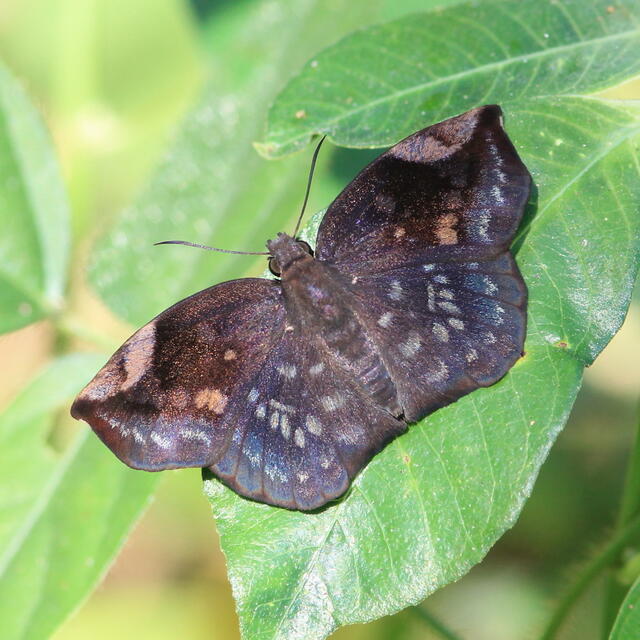
Observation date: Nov 13, 2022
Submitted by: jrmbutterfly
Region: Nayarit, Mexico
Verified by: jwileyrains
Verified date: Feb 25, 2023

Observation date: Sep 12, 2020
Submitted by: Graywing
Region: Nuevo Leon, Mexico
Verified by: Paul Prappas
Verified date: Jan 26, 2023
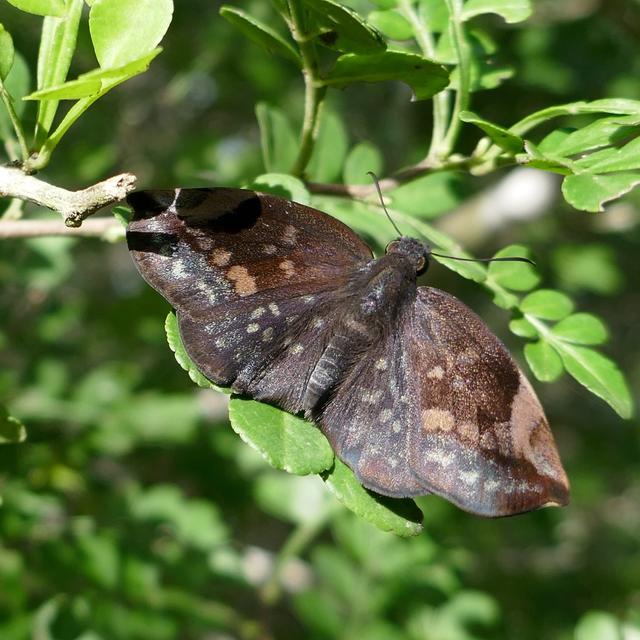
Observation date: Nov 09, 2022
Submitted by: Robert Gorman
Region: Cameron County, Texas, United States
Verified by: stomlins701
Verified date: Dec 16, 2022

Observation date: Jul 18, 2017
Submitted by: ncrosbyrd
Region: Chiapas, Mexico
Verified by: Paul Prappas
Verified date: Oct 09, 2022

Observation date: Dec 08, 2016
Submitted by: Mcampos
Region: Alajuela, Costa Rica
Verified by: Charlie Doggett
Verified date: Aug 02, 2022
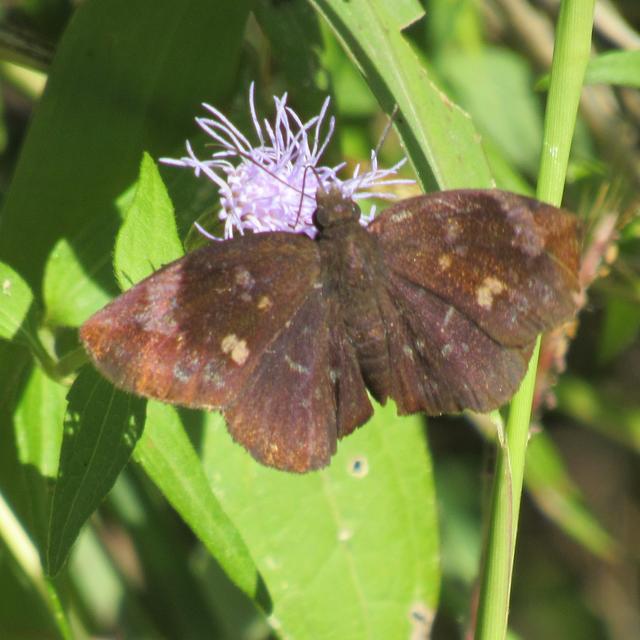
Observation date: Nov 08, 2021
Submitted by: kathybrown
Region: Cameron County, Texas, United States
Verified by: stomlins701
Verified date: Dec 10, 2021
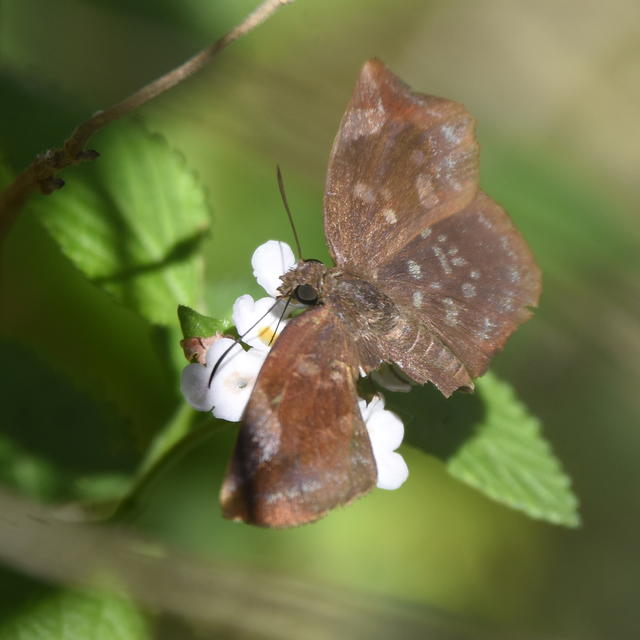
Observation date: Jan 02, 2021
Submitted by: cklindsey
Region: Hidalgo County, Texas, United States
Verified by: stomlins701
Verified date: Jan 08, 2021

Observation date: Oct 29, 2020
Submitted by: gpstewart
Region: Hidalgo County, Texas, United States
Verified by: stomlins701
Verified date: Jan 01, 2021

Observation date: Jul 26, 2020
Submitted by: Andrew Lyall
Region: Texas, Nueces County, United States
Verified by: stomlins701
Verified date: Jul 29, 2020

Observation date: Mar 05, 2020
Submitted by: gpstewart
Region: Aransas County, Texas, United States
Verified by: stomlins701
Verified date: Mar 06, 2020

Observation date: Oct 19, 2019
Submitted by: Laurie Sheppard
Region: Grayson County, Texas, United States
Verified by: stomlins701
Verified date: Oct 19, 2019

Observation date: Dec 28, 2018
Submitted by: Craig M Lipski
Region: Hidalgo County, Texas, United States
Verified by: stomlins701
Verified date: Sep 21, 2019

Observation date: Jun 10, 2019
Submitted by: Raul Delgado
Region: Texas, Webb County, United States
Verified by: stomlins701
Verified date: Jun 16, 2019
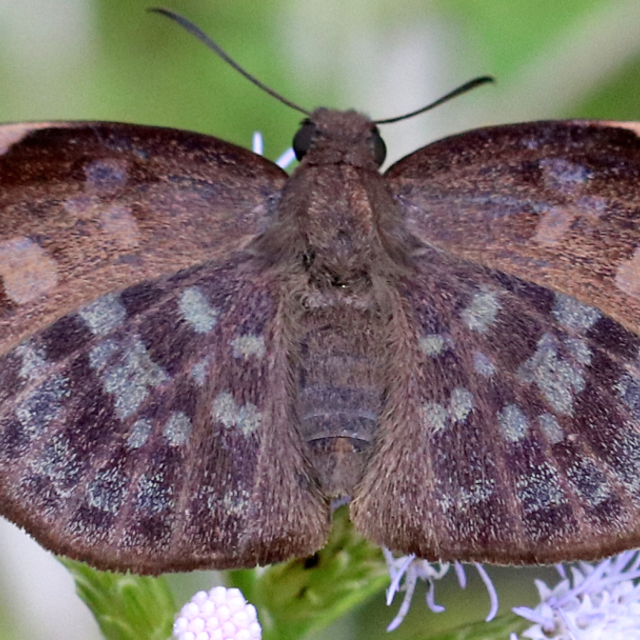
Observation date: Nov 04, 2018
Submitted by: hydapse
Region: Texas, Starr County, United States
Verified by: stomlins701
Verified date: Dec 03, 2018

Observation date: Nov 03, 2018
Submitted by: hiker96
Region: Texas, United States
Verified by: stomlins701
Verified date: Nov 21, 2018
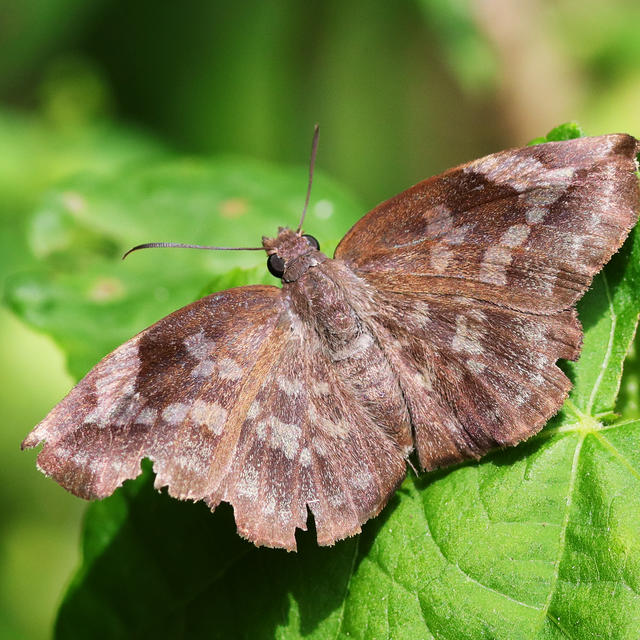
Observation date: Nov 04, 2018
Submitted by: Jeff Trahan
Region: Hidalgo County, Texas, United States
Verified by: stomlins701
Verified date: Nov 21, 2018

Observation date: Oct 23, 2017
Submitted by: dlister
Region: Cameron County, Texas, United States
Verified by: stomlins701
Verified date: Aug 24, 2018

Observation date: Oct 15, 2017
Submitted by: KayCarter
Region: Hidalgo County, Texas, United States
Verified by: stomlins701
Verified date: Apr 14, 2018

Observation date: Nov 10, 2017
Submitted by: wallap74
Region: Cameron County, Texas, United States
Verified by: stomlins701
Verified date: Dec 07, 2017
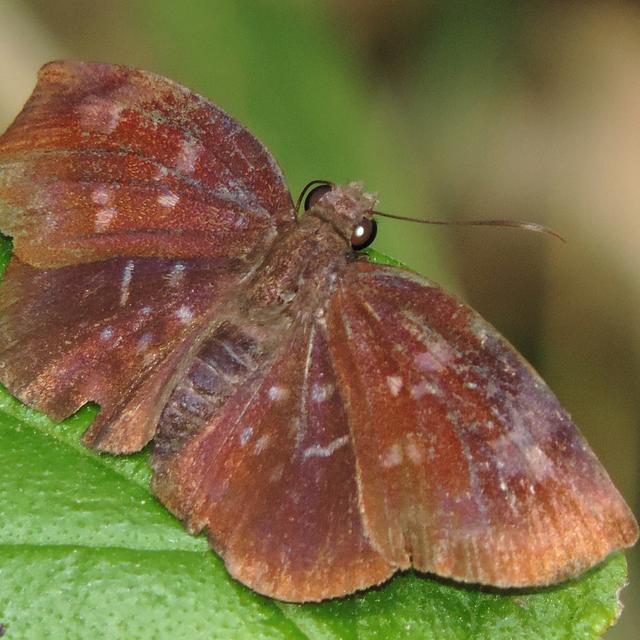
Observation date: Oct 21, 2017
Submitted by: ursgeiser
Region: Cameron County, Texas, United States
Verified by: stomlins701
Verified date: Dec 07, 2017
- 1 of 6
- next ›





